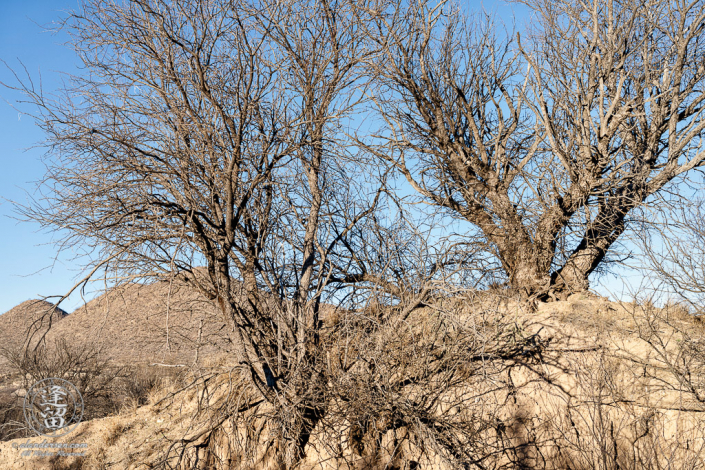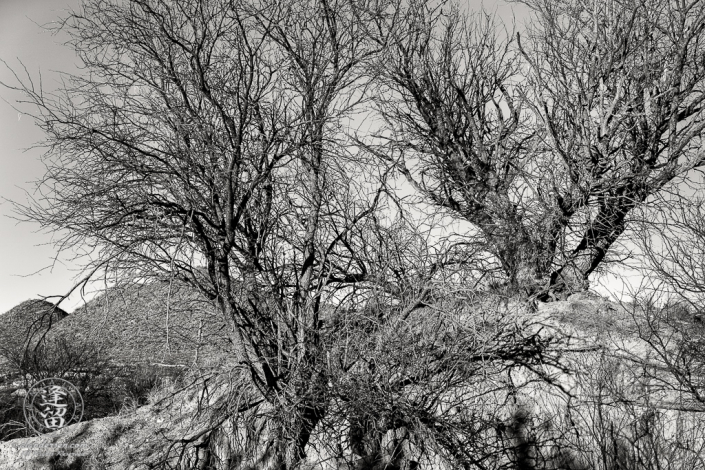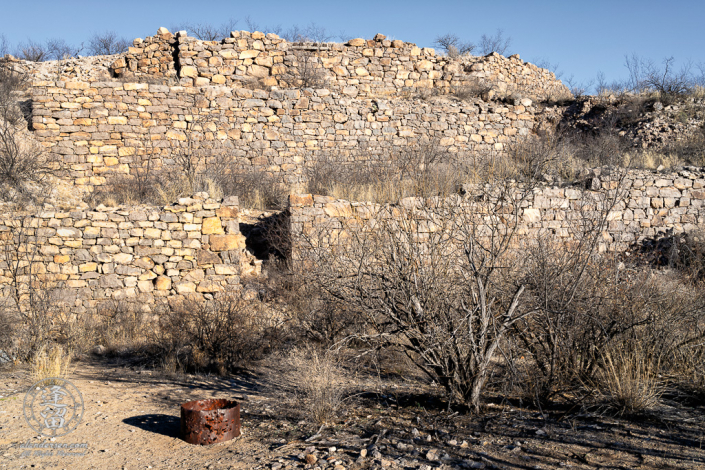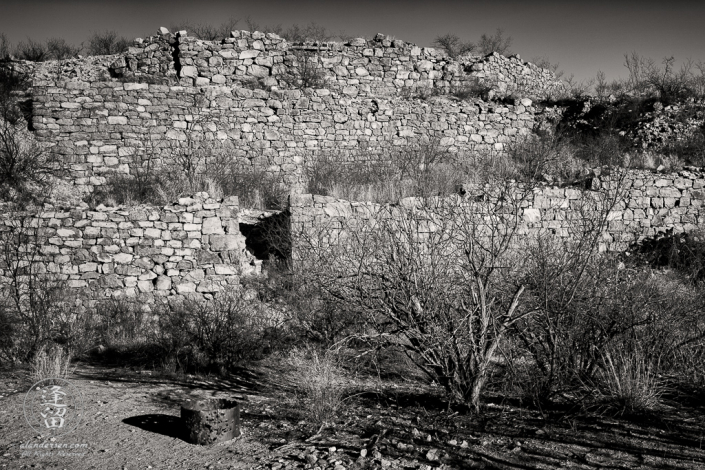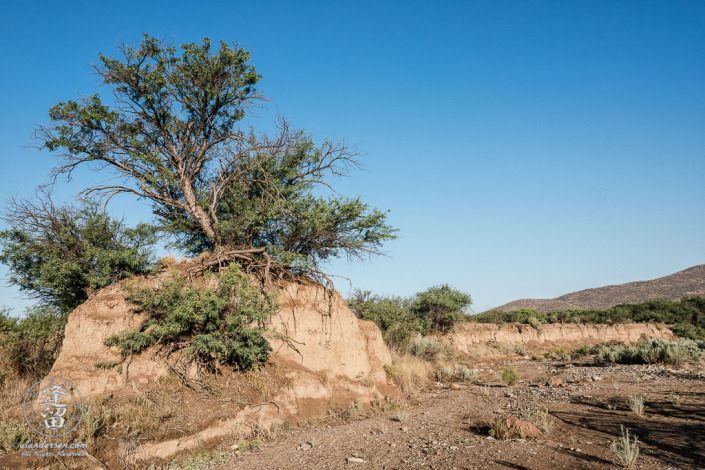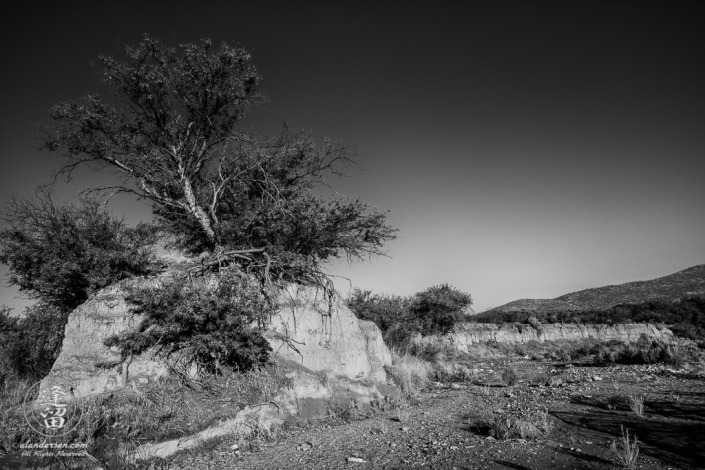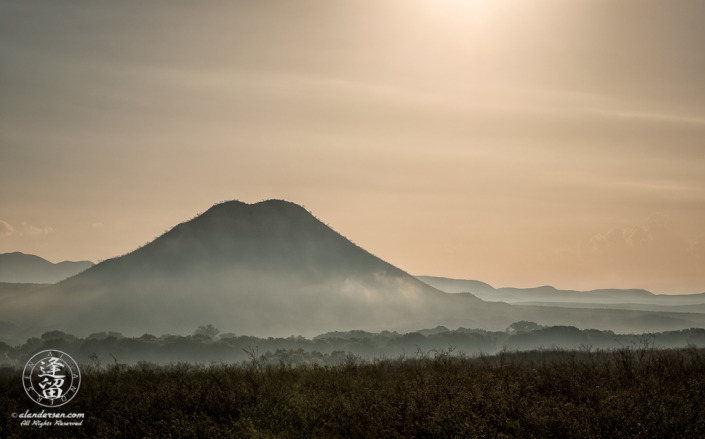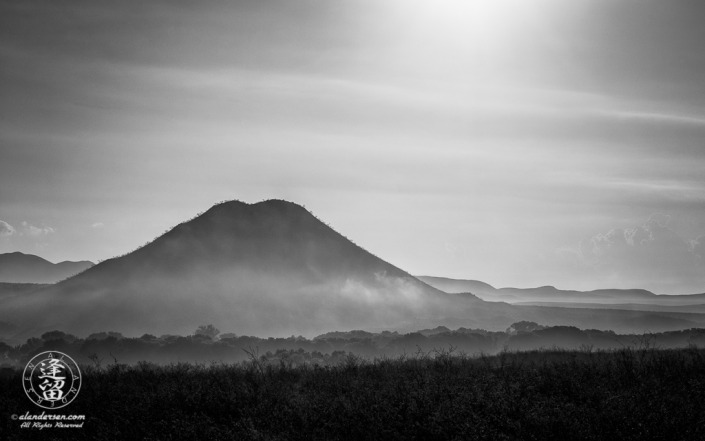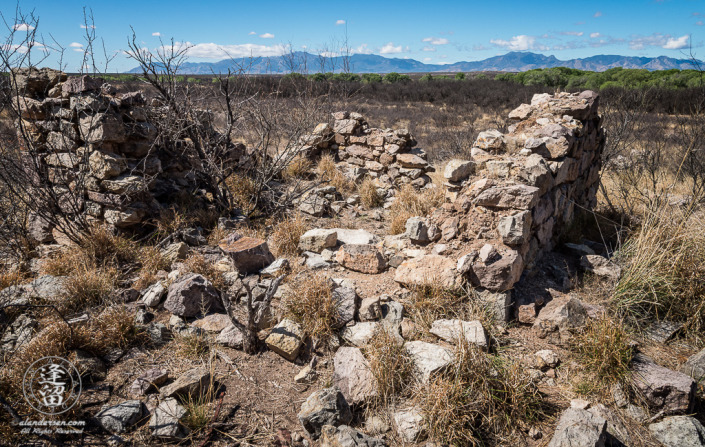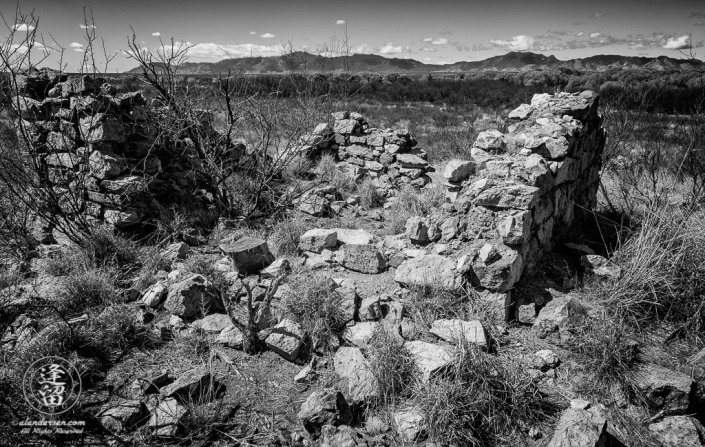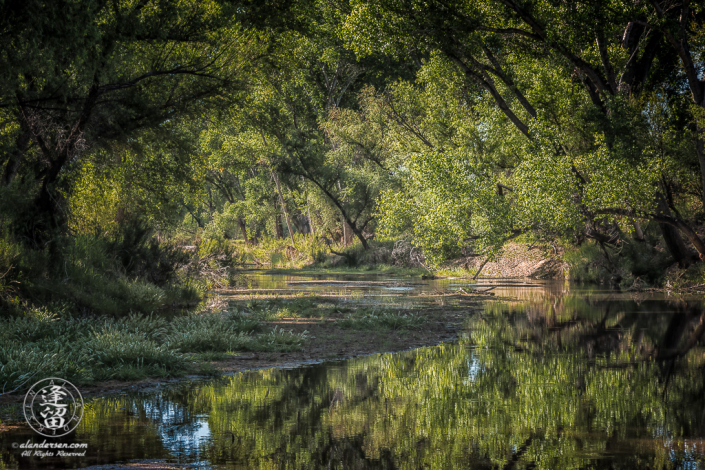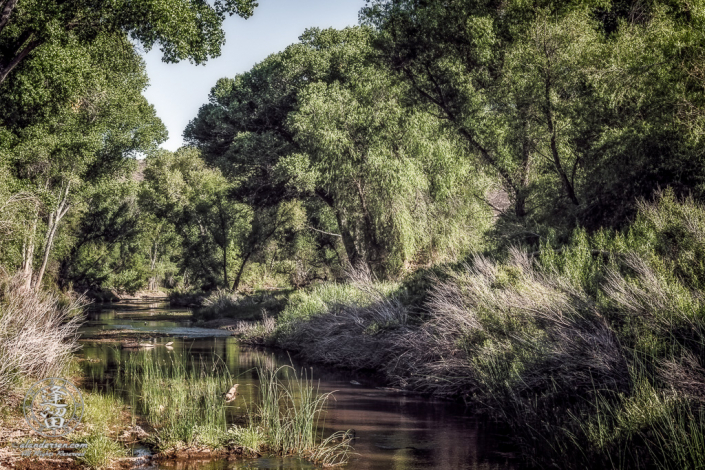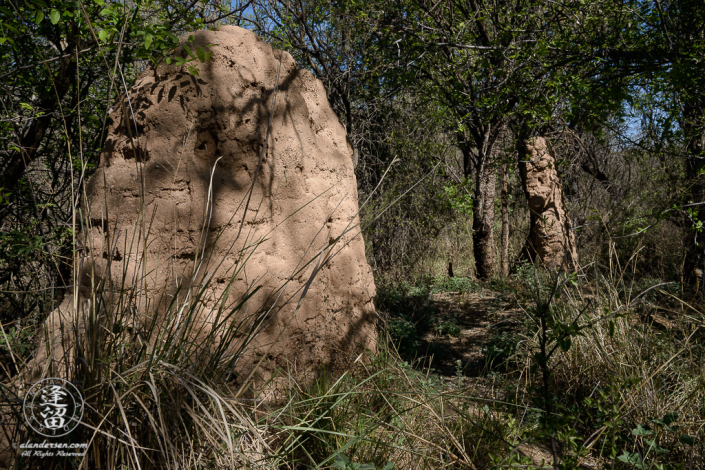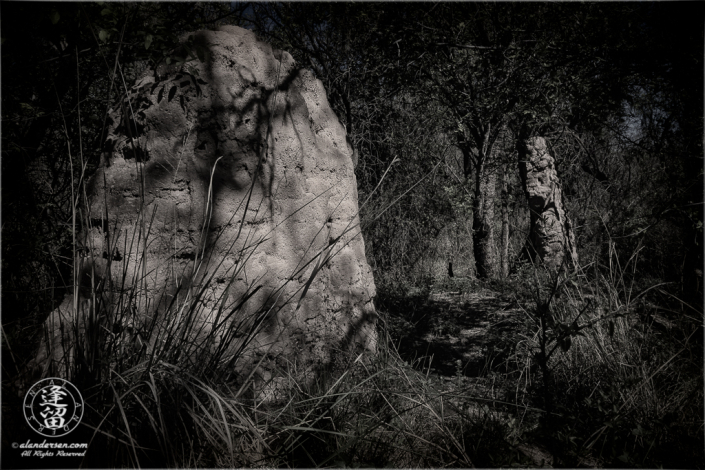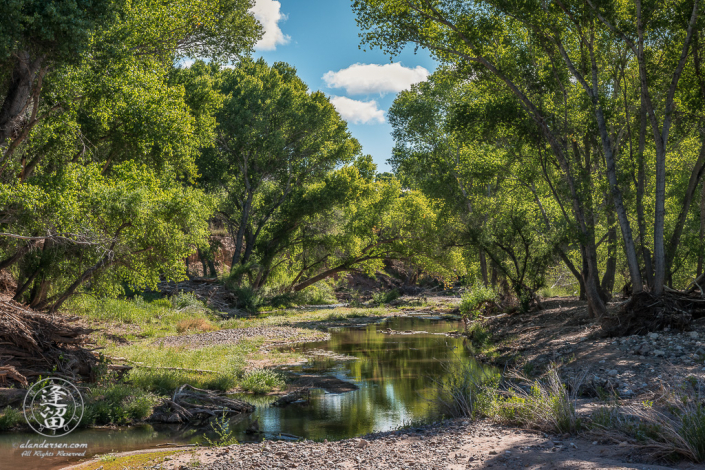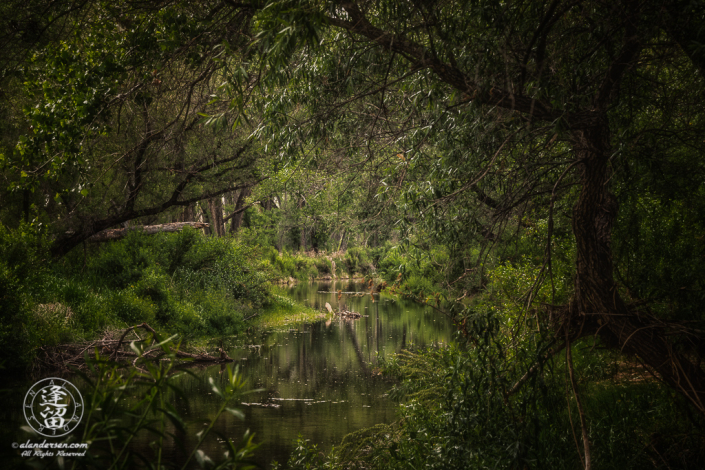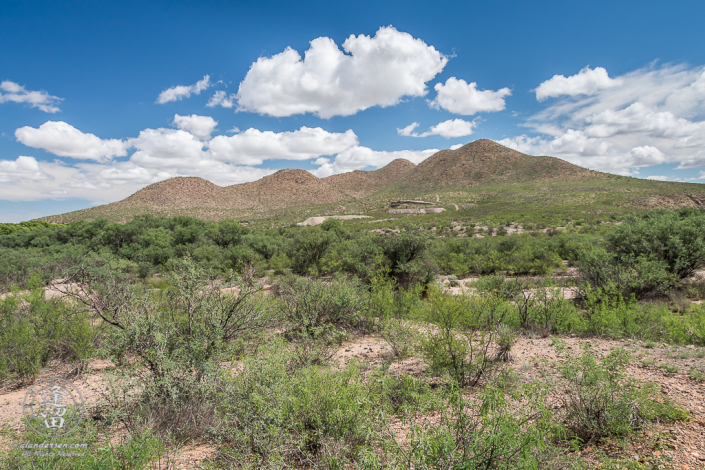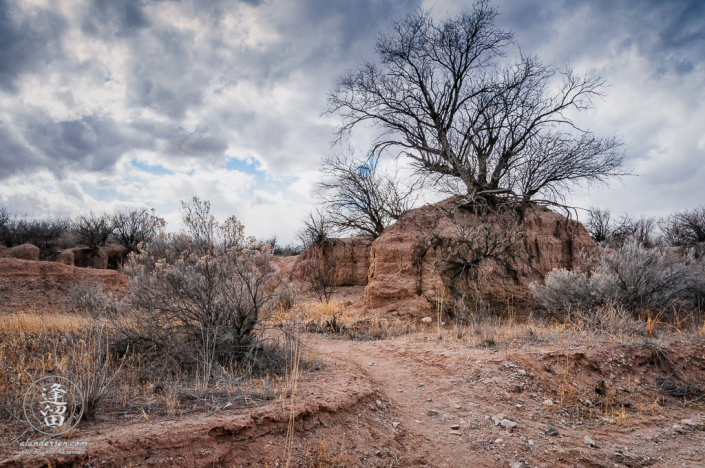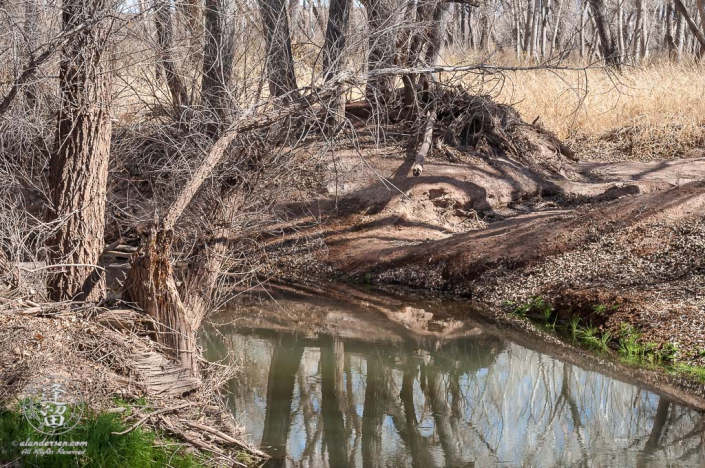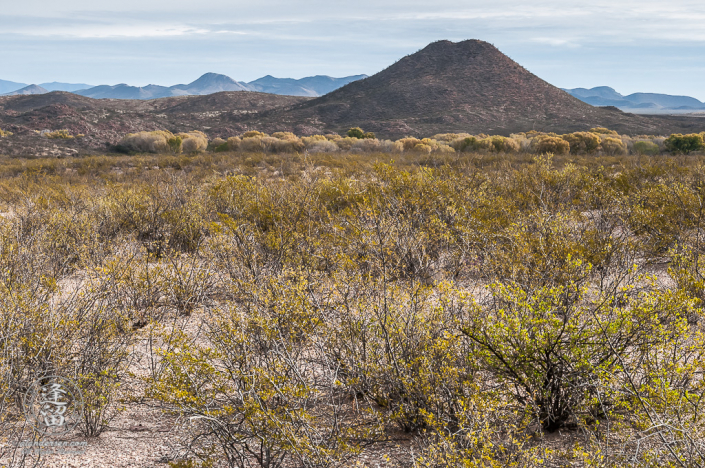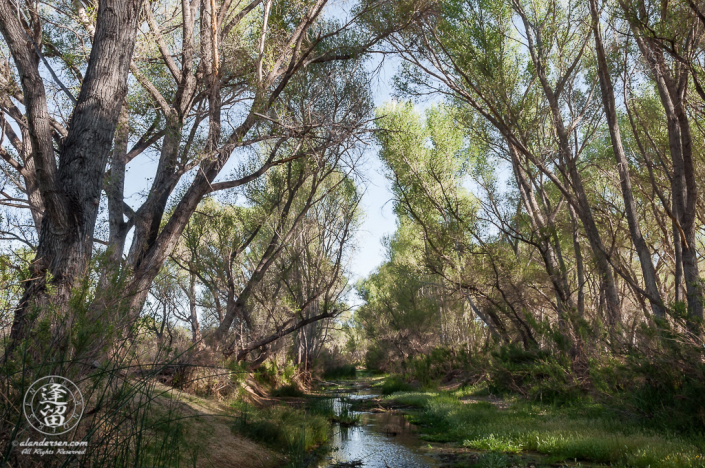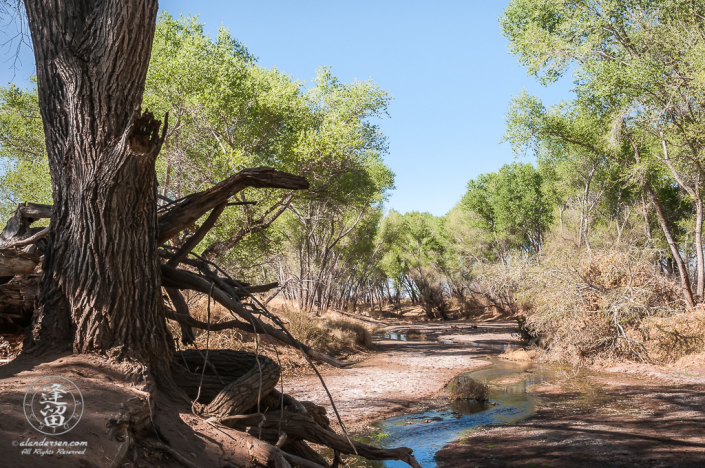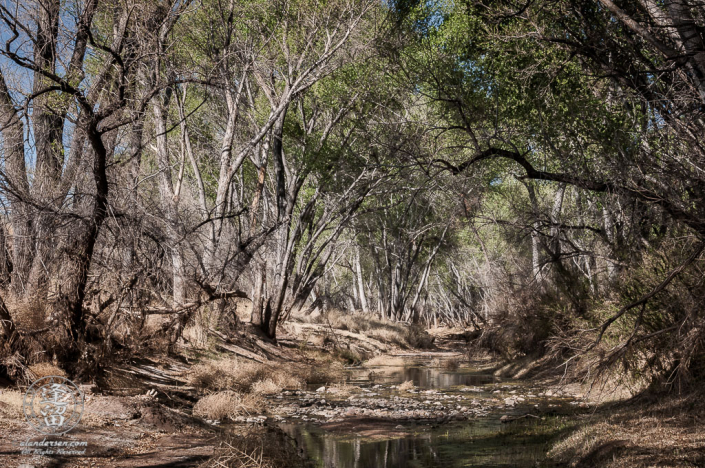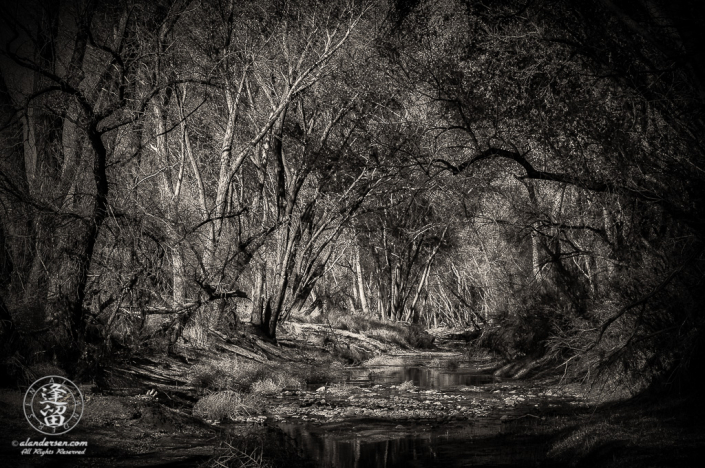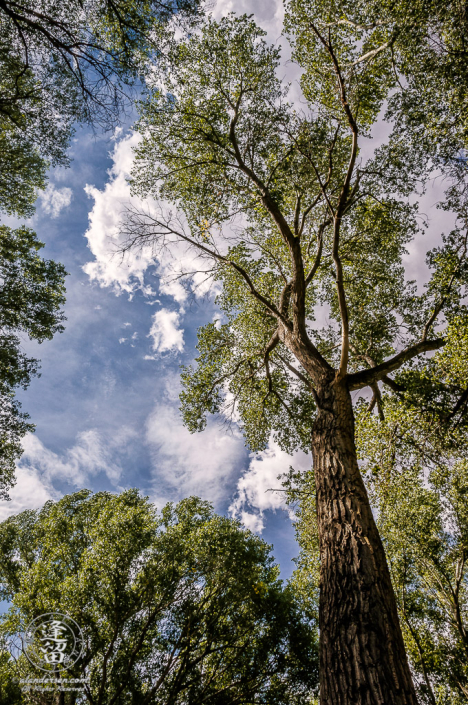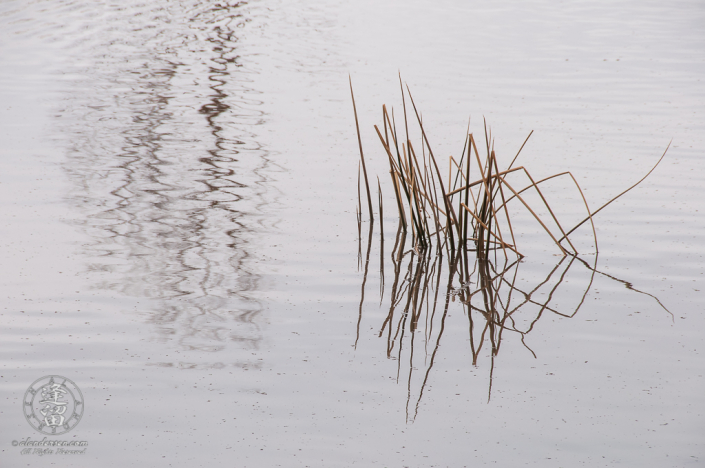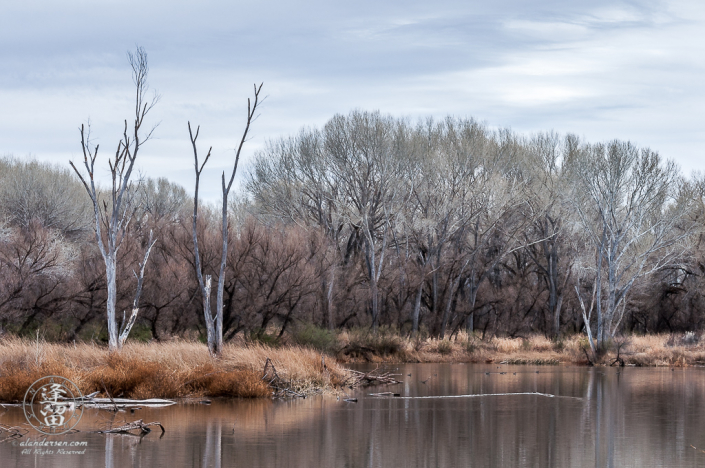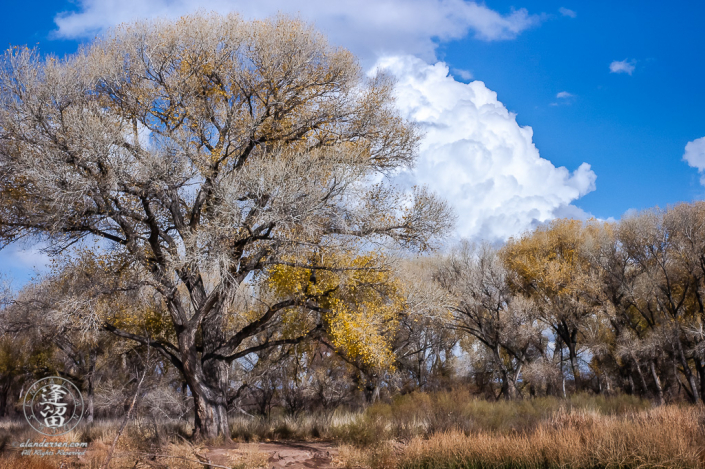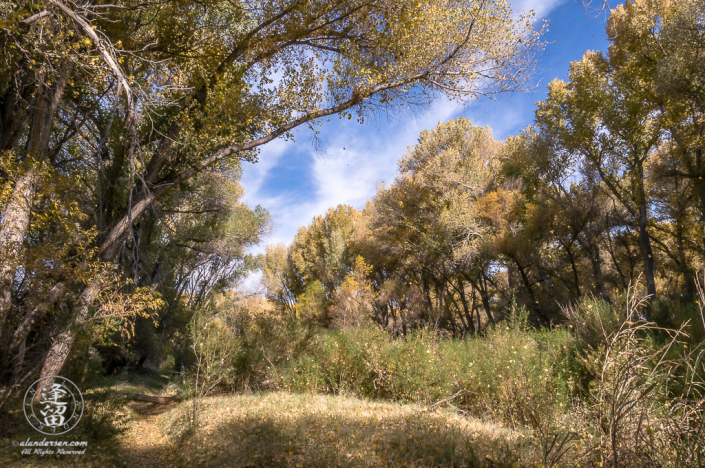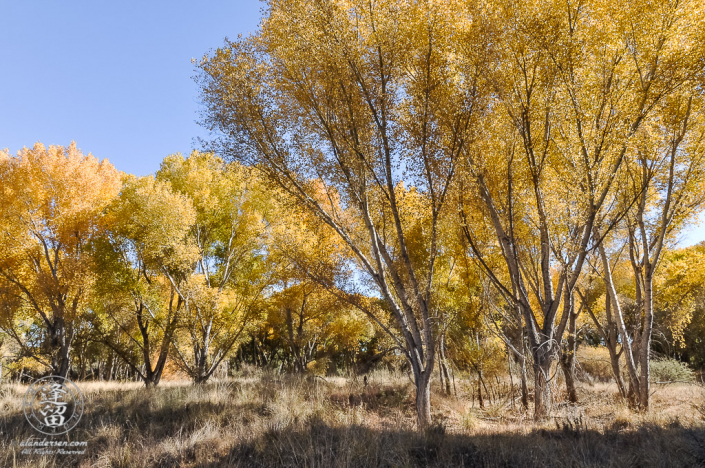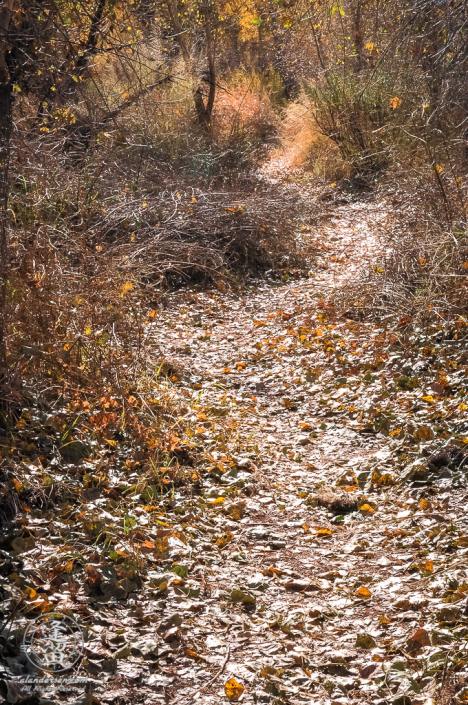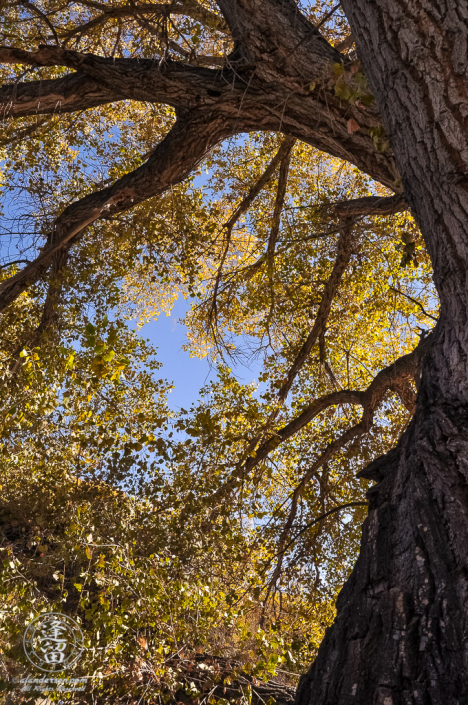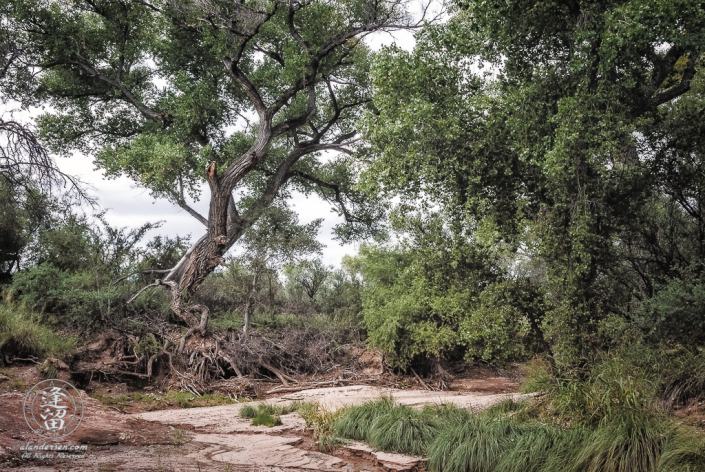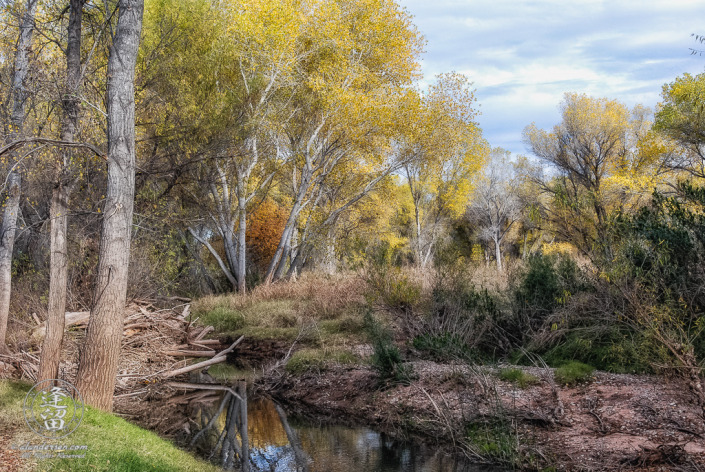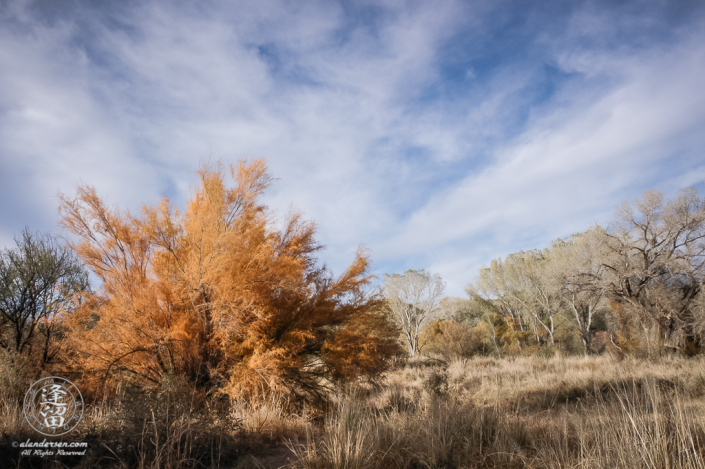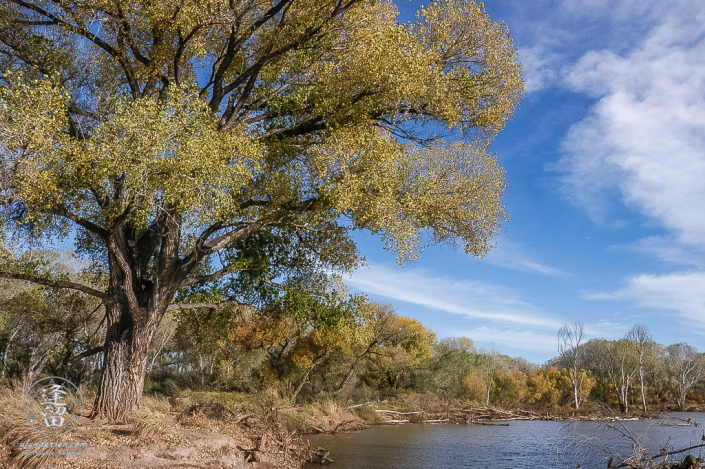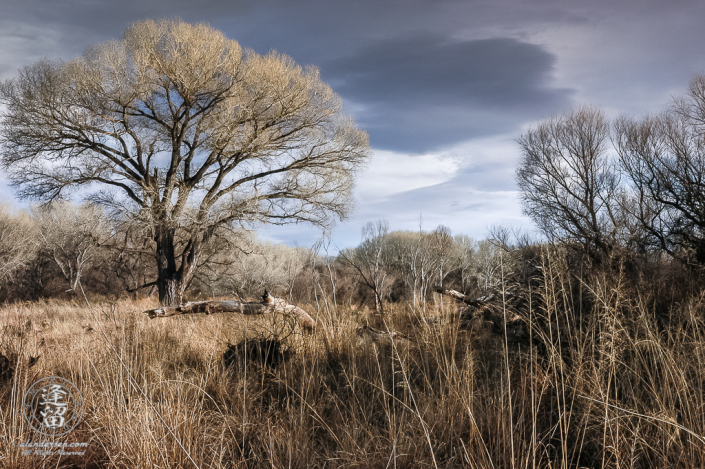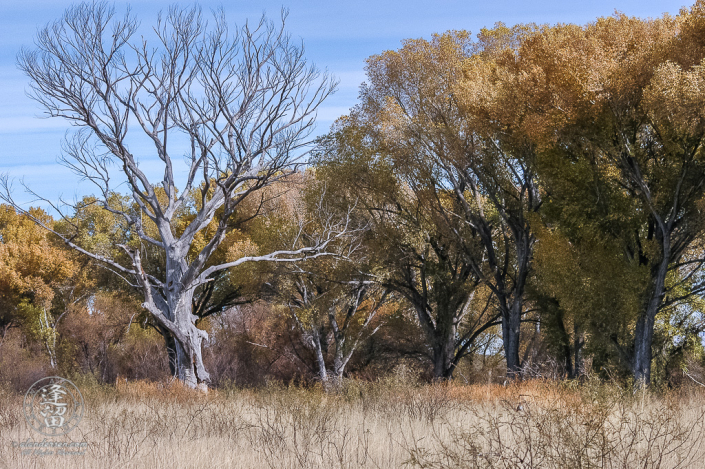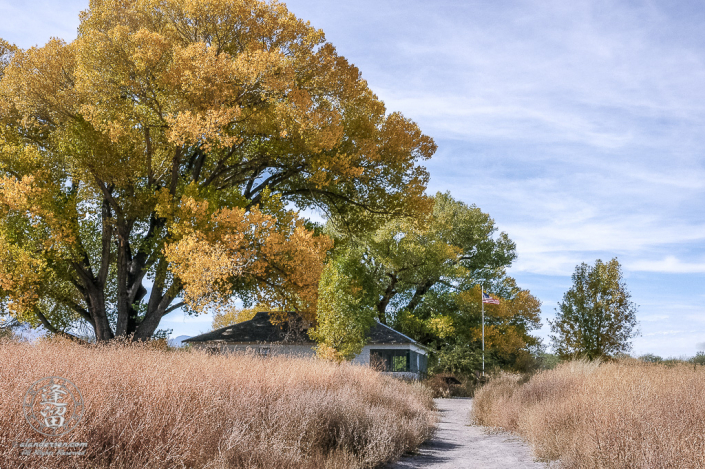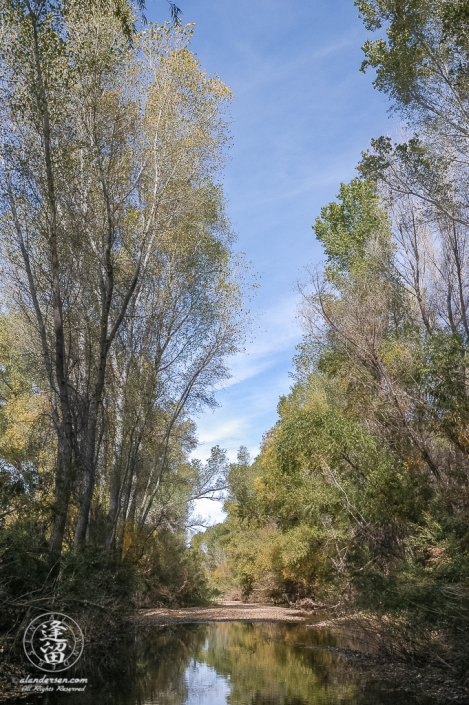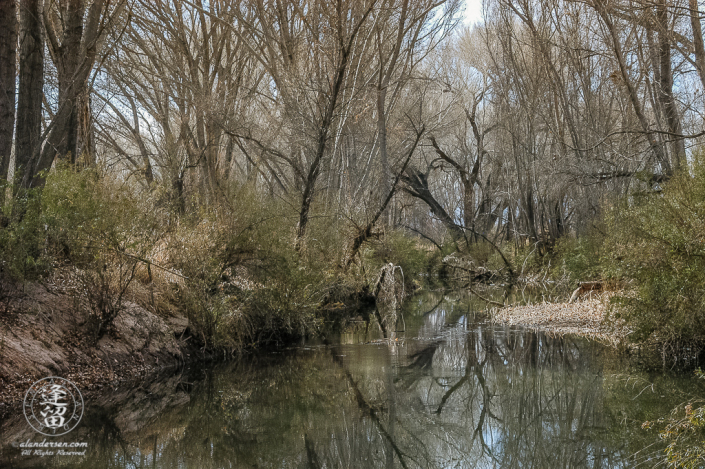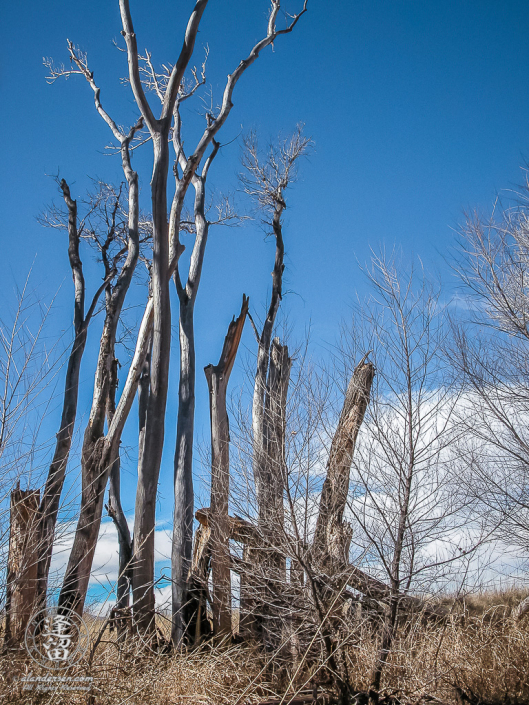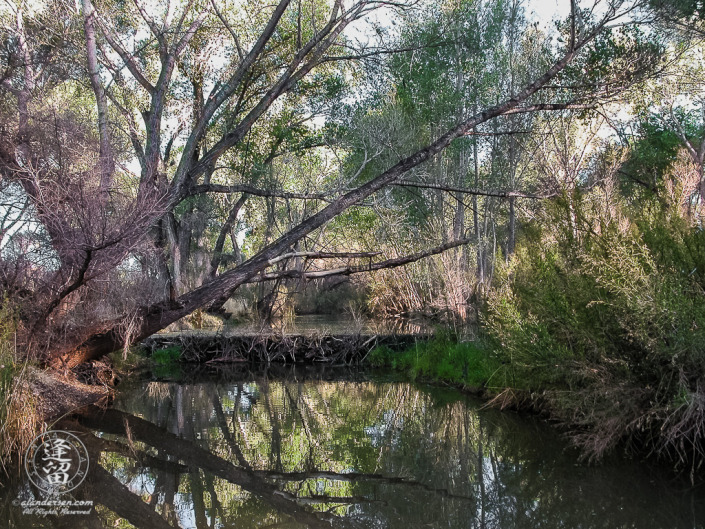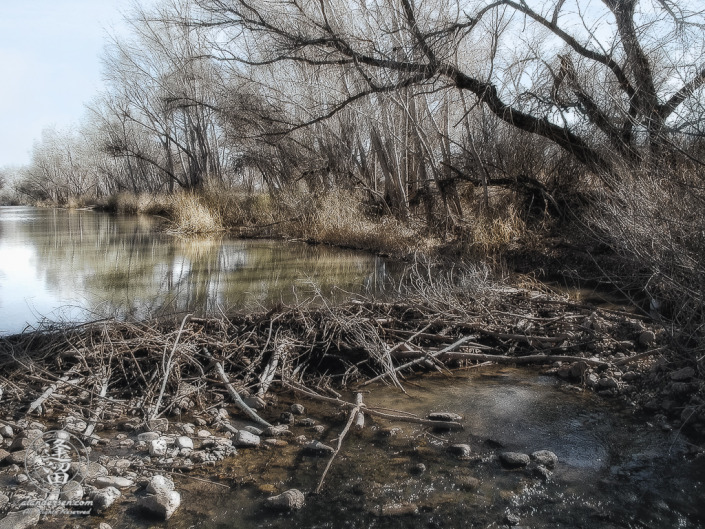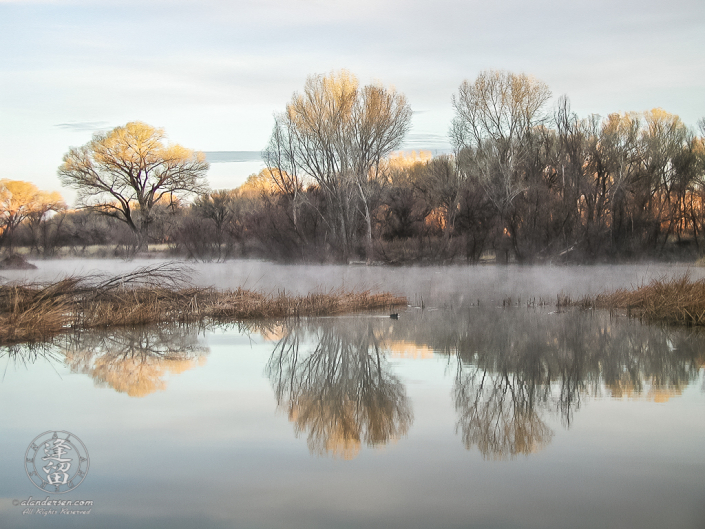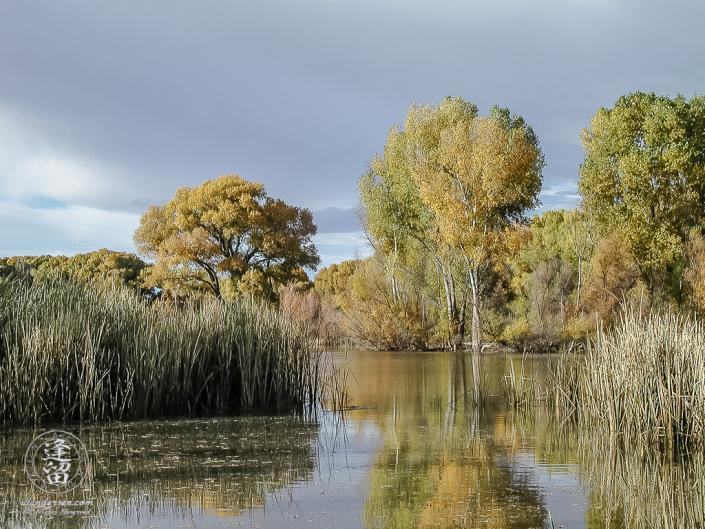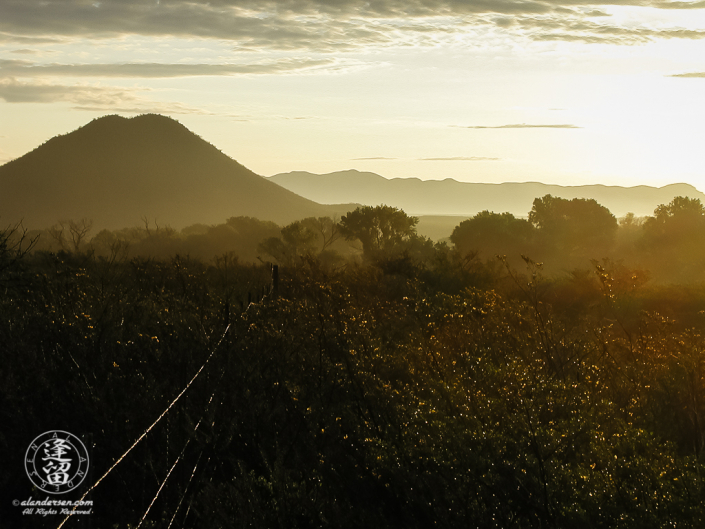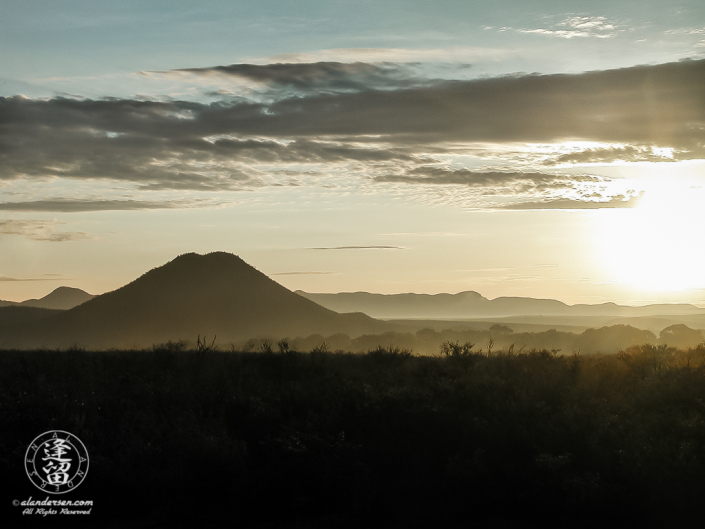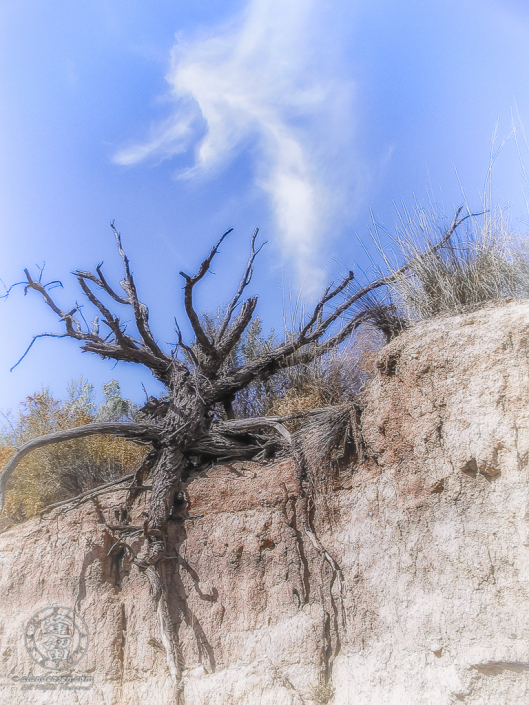When I first moved to Arizona most of the San Pedro River was owned by cattle ranchers. Say what you want about cows, but the fact of the matter is that the Cottonwoods along the verdant San Pedro were huge back then. Of course you would invariably end up stepping in a cow pie if you spent any amount of time hiking along the river, but that was the price you paid for enjoying this desert oasis.
On November 18, 1988, an expanse of the river that spans from the United States and Mexico International Border up to the the town of Saint David was set aside as the San Pedro Riparian National Conservation Area. The area encompasses about 57,000 acres which is home to about 80 species of mammals, about a dozen species of fish, two of which are native, 40-some species of reptiles, and over 100 species of breeding birds, not to mention the river’s importance as a migratory route to all kinds of species.
The San Pedro River also has a rich archaeological history dating back to 13,000 years ago when the Clovis people lived and hunted here. There are many ruins strung along the river, from chapels, to Spanish garrisons, to old mining towns.
All-in all, the decision to make this a conservation area was a great one for if it hadn’t happened the area would have been parceled out, developed, and ruined. Even today, developers are fighting for access to water rights along the river. Thankfully, they’ve been unsuccessful.
Fast forwarding to today, the river is dying. Water isn’t an issue, it seems to be as plentiful as when I first moved here, albeit there’s barely a trickle in the midst of June prior to the Monsoon rains. No, the culprit is the beaver.
Someone with influence read an account that there used to be beavers along the river and convinced the BLM to reintroduce this “native” species. The biologists seem rather pleased about it, saying more diverse species of trees are starting to grow along the river, yadda-yadda-yadda. Almost all these biologists are 20- 30-somethings and therefore don’t have a clue as to what the river looked more than 15 years ago.
Decades of photographs that I’ve taken tell a different story. Cottonwoods once dominated the landscape, tall, stately, healthy, and vibrant with green foliage in the Summer. The ground was thick with impenetrable willows that provided shelter to many species. Now, the willows thickets are nothing more than sparse clumps, and every single Cottonwood tree that has not been killed by a beaver is now diseased with some sort of fungal growth which first attacks and kills a tree’s limbs, and then eventually kills the entire tree. You can plainly see it as a white pale discolored area in the bark from the ground to the first limb it finds. Most of the older trees are now skeletons and the younger trees are not as healthy as they used to be. I’ve mentioned this issue to docents and biologists at times but the usual reaction is, “huh?”
Compounding the environmental disaster the beavers have wrought are other factors, like overuse of this public land by a fast-growing community, a lowering of the water table by that community to slake their thirst and water their lawns, and an invasion of illegals that use the river as a primary corridor from Mexico into the US, leaving behind clothing, backpacks, and tons and tons of plastic water bottles, all of which are taking their toll on the long-term health of the river.
For as long as there’s water in the San Pedro River, it’ll continue to be a desert oasis and something worth conserving, but I feel that a time will soon come when it will all be a moot point. Until then, I hope to enjoy the River as much as I can during it’s final years.

